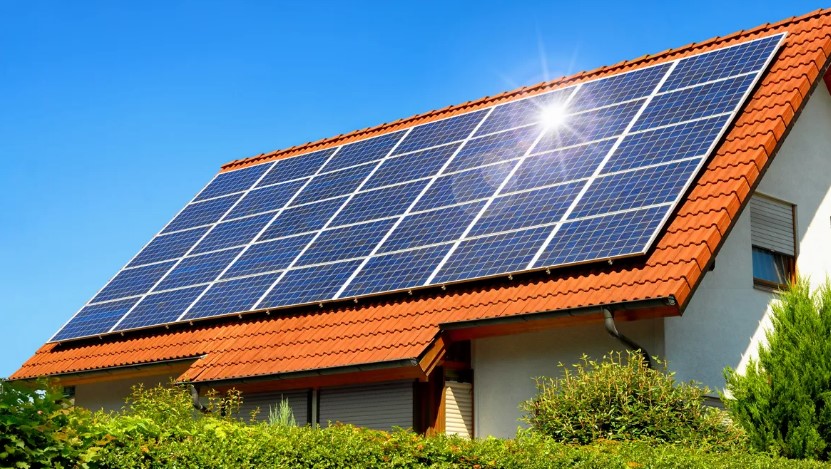
Solar energy has become an attractive choice for generating power for households as more people become aware of the value of renewable energy. Thanks to solar panels, your home can benefit from a clean and sustainable energy source that turns sunshine into electricity. This guide will explore the benefits of solar energy, how solar power works, and the steps involved in installing a home solar system.
Benefits of Solar Energy
Being a green and renewable energy source is one of the main pros of solar energy. Unlike fossil fuels, solar energy doesn’t emit greenhouse gases into the atmosphere. Because of this, it’s an excellent option for folks who care about the environment.
Solar energy positively affects the environment and can reduce energy costs for homeowners. Homeowners can lessen their dependence on the grid and cut their monthly utility expenditures by producing their electricity. Selling extra electricity back to the grid may even allow households to make money.
How Solar Power Works
Solar panels’ primary component, photovoltaic cells, convert sunlight into electricity. As sunlight hits the cells, it creates an electric field that pushes electrons across a circuit and creates an electrical current. This generated current can then be used to power your home.
Solar Panel Selection
When choosing solar panels for your home, efficiency is among the most crucial considerations. The quantity of sunshine that a solar panel can convert into power is its efficiency. Higher-efficiency panels will generate more electricity for your home but may also be more expensive.
The type of solar panel you opt for should also be considered. Solar panels have many configurations, including monocrystalline, polycrystalline, and thin film. The most effective panels are monocrystalline but also the most expensive. While being marginally less effective, polycrystalline panels are less expensive. The least effective but also least priced panels are thin-film ones.
Installing Solar Panels
A professional installer will normally manage the complicated procedure of installing solar panels on your property. The initial step in the installation procedure is a site study to determine whether your home is suitable for solar panels. Your home’s size, slope, and roof size will all be considered, along with the quantity of sunshine penetrating your home. Once the site assessment is complete, the installer will design a solar system tailored to your home’s needs. This will typically involve selecting the right solar panels, designing the system layout, and determining the optimal placement for the panels.
After the system design is complete, the installation process can begin. This typically involves mounting the panels on your roof and connecting them to your home’s electrical system. Depending on the installation’s intricacy and the system’s size, installation time might range from a few days to weeks.
Maintaining Your Solar System
Once your solar system is established, it is crucial to maintain it properly to guarantee that it continues to function at its best. Typically, this entails cleaning the panels to remove any dust that may have accumulated and doing routine inspections.
It is also essential to monitor your system’s performance to ensure it generates the expected amount of electricity. Most solar systems come with monitoring software that allows you to track your system’s performance and identify any issues that may arise.
Conclusion
Solar energy is a terrific option for households who wish to reduce their environmental impact and save money on their energy bills. Homeowners can decide whether solar energy is best for them by being informed on the advantages of solar energy, how solar electricity functions, and the procedures involved in establishing a home solar system. With the right system design, financing, and maintenance, solar power can provide a clean, sustainable, and affordable power source for your home.